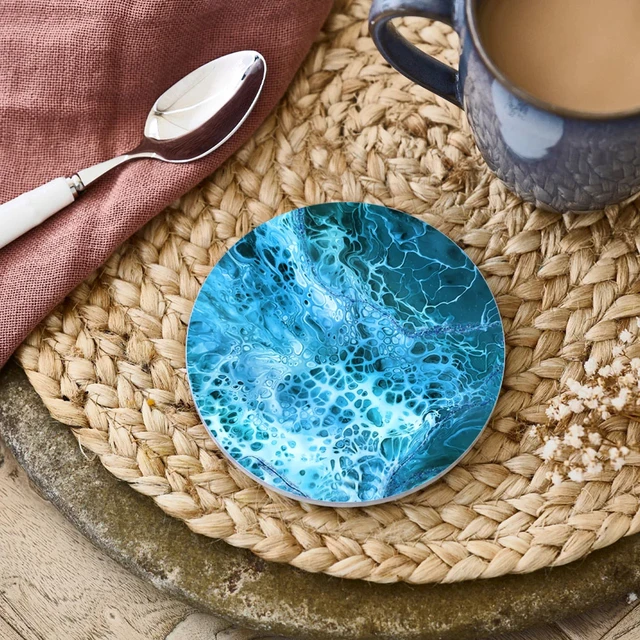What Does Unique Art Do?
What Does Unique Art Do?
Blog Article
Unique Art - The Facts
Table of ContentsHow Unique Art can Save You Time, Stress, and Money.The Definitive Guide for Unique ArtUnique Art Can Be Fun For AnyoneUnique Art Things To Know Before You Get This
While one could debate which art kind holds precedence, the truth continues to be that each of these 7 forms provides a distinct home window right into human background, culture, and development. They are the tapestries that chronicle our trip, reminding us of our past while inspiring visions for the future.Excellent artwork tells a story, makes people look two times, and produces an unique experience that can't be matched. Art and pictures interact all of that through color, shape and other layout aspects. Find out how to make your one-of-a-kind art work stand out from the group.
3 Emil DervishIn this entrance by Emil Dervish that stunning cobalt blue door swipes the show. To bring even more drama, he expanded the paint. to the doorframe and the wall up, completing in a curved form. The contours, in addition to a spherical sconce, soften the edges - Unique Art. After that frameworks vintage posters and maps of cherished places set the scene.
8 TRIA GIOVANEqual components grand and laidback, this entrance hall made by Anthony Baratta is the ideal plan to comply with if you're embellishing an official entryway that still feels unfussy and comfy. Patterned textiles take spotlight (see the carpets and the sofa), however they likewise assist bring the high ceilings to a human scale when hung over wallpaper.
Unique Art Can Be Fun For Everyone
18 Heidi Caillier DesignA gallery wall does not need to use up the entire space. As a matter of fact, often a small one can make a bigger design statement. In this living area, Hiedi Caillier selected micro-mini frames and an arbitrary structure. Promotion - Continue Analysis Below19 Stephen Kent JohnsonDesigner Juan Carretero chose for a deep eco-friendly paint color to comparison with the light wood coatings.
, the expression of concepts and feelings, with the production of particular aesthetic qualities, in a two-dimensional visual language. The aspects of this languageits forms, lines, colours, tones, and texturesare used in various ways to create feelings of quantity, area, movement, and light on a level surface area. These elements are integrated into meaningful patterns in order to stand for genuine or mythological phenomena, to analyze a narrative motif, or to produce wholly abstract visual relationships.
Later on the concept of the "great musician" created in Asia and Renaissance Europe. Popular painters were paid for the social standing of scholars and courtiers; they authorized their work, determined its design and typically its subject and imagery, and established a more personalif not always amicablerelationship with their patrons. Throughout the 19th century painters in Western societies started to lose their social position and safe patronage.
The Ultimate Guide To Unique Art
Others earned a revenue via exploring events of their job. The need to appeal to a market had changed the similar (if less impersonal) demands of patronage, and see it here its impact on the art itself was probably similar. Generally, musicians in the 20th century might get to an audience just via business galleries and public museums, although their work might have been sometimes reproduced in art periodicals
For the history of paint in ancient Egypt, see Egyptian art and design. The growth of paint in different areas is dealt with in a number of articles: Western paint; African art; Central Eastern arts; Chinese paint; Islamic arts; Japanese art; Oriental art; Indigenous American art; Nautical art and design; South Eastern arts; Southeast Asian arts. For a discussion of the forgery of artworks, see imitation. For a discussion of the role of painting and various other arts in faith, as well as of the usage of religious symbols in art, see spiritual meaning and iconography. For details on various other arts related to painting, see posts such as drawing; individual art; printmaking. , even when a paint's narrative meaning is unknown.
Don't duplicate the design of various other musicians if you're searching for your style. Copying other people's artwork can be excellent in educational objectives but it will not make you closer to discovering your own special design. Your imaginative design has to be, what you like and what inspires you.

How Unique Art can Save You Time, Stress, and Money.
You require to try great deals of different alternatives and explore everything prior to helpful site you can concentrate on one certain style or you'll be burnt out, or worse, you'll dislike your own design. So I suggest you to attempt every single topic that you're interested in, discover as much as you can. Attempt various tools that excite you and brand-new methods you've never ever attempted prior to.
With time you'll be able to sort all of them into your preferred and least preferred groups. Try to focus your attention on the topics and tools that you like and before you see it coming you'll have your very own personal and one-of-a-kind design, like no person else have! So ultimately you'll have a couple of preferred subjects to paint and possibly a couple webpage of preferred tools.

Report this page